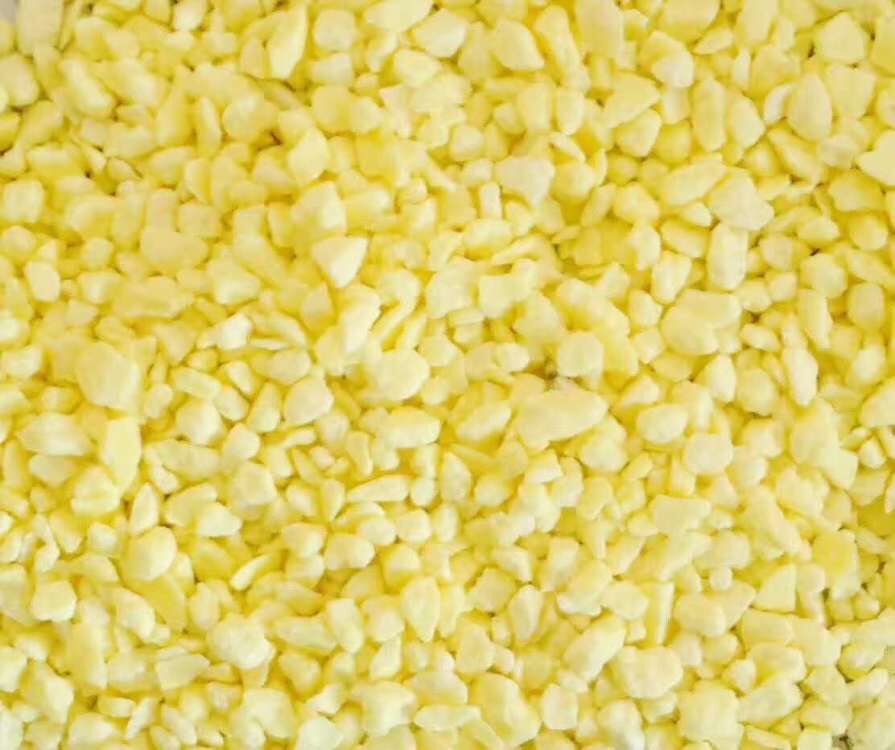
Contact us
Jason_Wang
Phone :+86 159 6139 7807
Email :Jasonwang@lyggrace.com.cn
Webside :shjrhg.com.cn
Address :Liangyungang City,Jiangsu Province,China

1. Recrystallization method: The crude ammonium chloride is added to the dissolver, dissolved by steam, filtered, and the filtrate is cooled and crystallized, centrifugally separated and dried to produce the finished product of industrial ammonium chloride. The mother liquor separated by centrifugation is returned to the dissolver for use.
2. Double decomposition method: first, the mother liquor of ammonium chloride is heated to 105 ~C, ammonium sulfate and salt are added to the reactor, and then the double decomposition reaction is carried out at 117 ~C to form ammonium chloride solution and sodium sulfate crystals. Sodium sulfate is removed by filtration and separation. The saturated solution of ammonium chloride is sent to the cooling crystallizer and crystallized at 32~35 ~C. After filtration, the crystals were eluted with four different concentrations of ammonium chloride solution, and the Fe < 0.008%, SO42-< 0.001% were controlled. After elution, the crystals were re-slurried with ammonium chloride solution, then sent to centrifuge for separation and dehydration, and then dried by hot air to produce industrial ammonium chloride products. The mother liquor is sent to the double decomposition reactor for recycling. Sodium sulfate filtered and separated is used to produce sodium glutamate.
3. Hydrogen chloride gas is introduced from the bottom of the turbulent absorption tower by gas-liquid phase synthesis, contacting with the circulating mother liquor sprayed on the top of the tower, and the mother liquor of ammonium chloride with saturated hydrogen chloride is produced and flowed into the reactor. The mother liquor of ammonia chloride is neutralized with the incoming ammonia gas to form the saturated solution of ammonium chloride. The supersaturated ammonium chloride crystals were precipitated after cooling to 30-45 C. The solution of ammonium chloride in the upper part of the mould is sent to the air cooler for cooling and circulating to the mould. The lower part of the crystalline slurry is thickened by the thickener and then centrifugally separated to produce the finished product of ammonium chloride. The mother liquor separated by centrifugation is sent to the turbulent absorption tower for recycling.